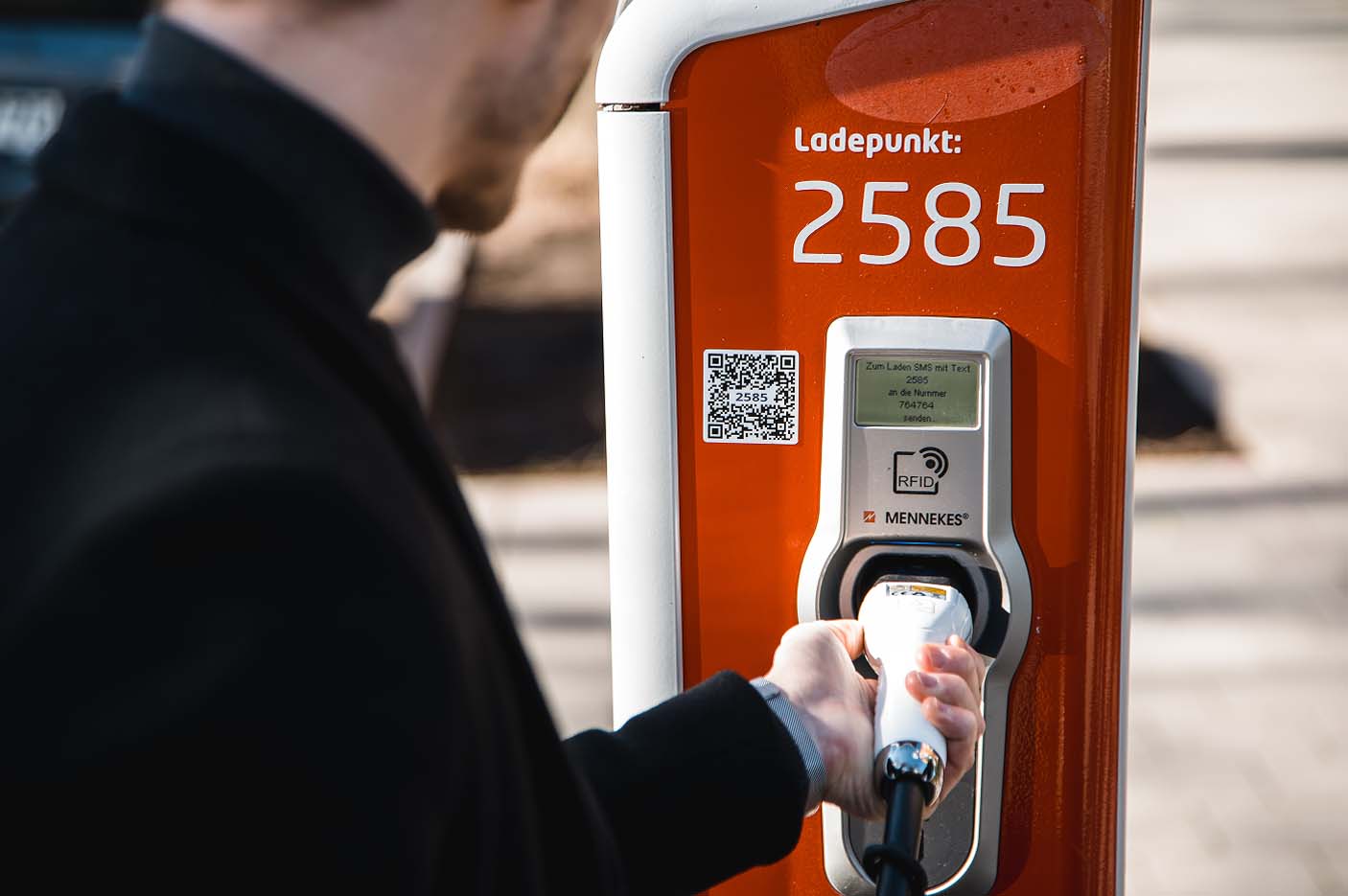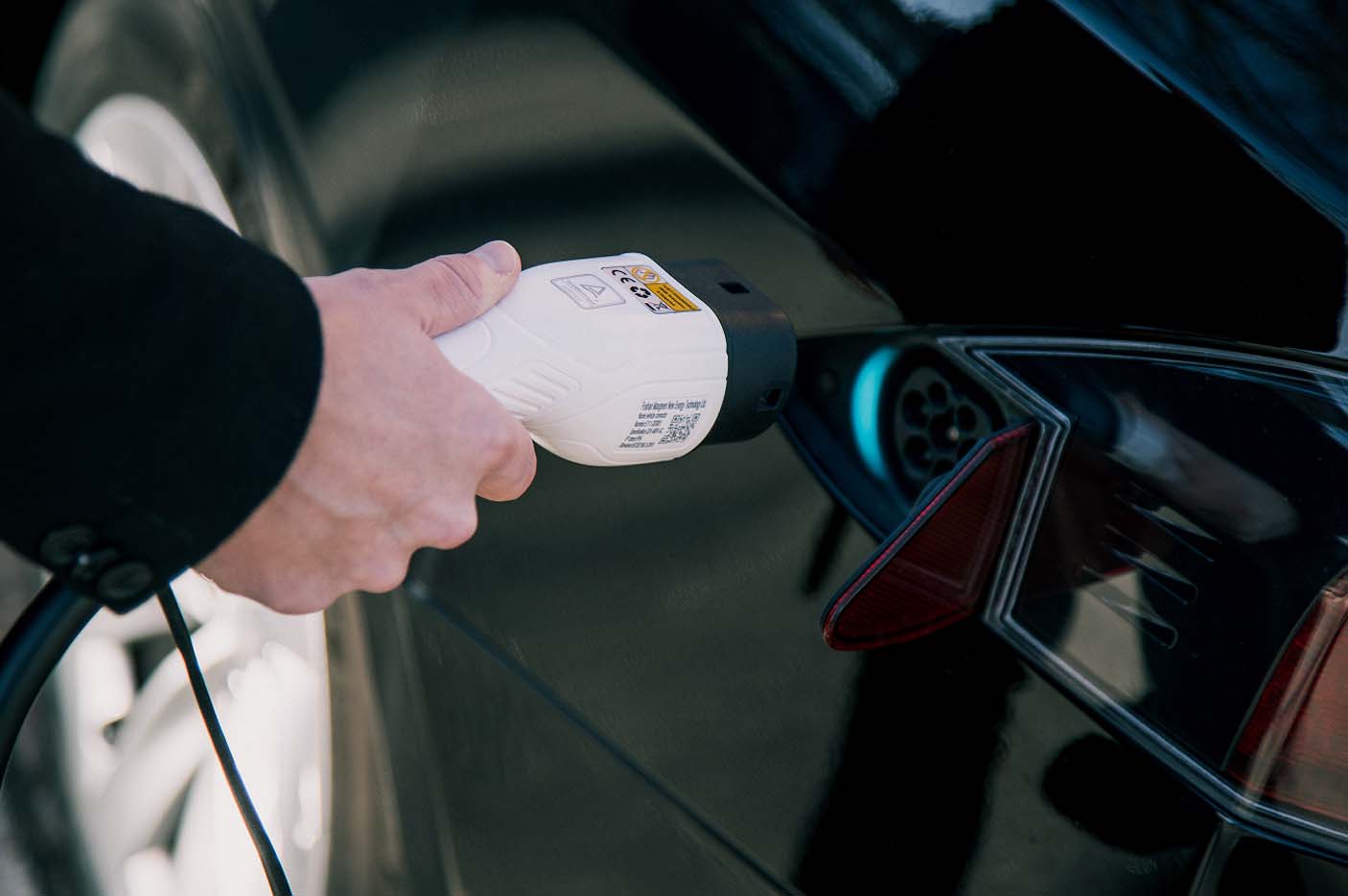In recent years, Europe has emerged as a global leader in the transition to electric mobility, driven by the imperative to combat climate change and reduce greenhouse gas emissions. At the heart of this transition lies the development of robust EV charging infrastructure, which is essential to support the widespread adoption of electric vehicles (EVs). This article delves into the intricate journey of EV charging infrastructure in Europe, exploring its growth trajectory, policy frameworks, investment trends, technological innovations, and the transformative impact on the transportation sector.
The Surging Surge: The Growth Trajectory of EV Adoption in Europe.
1. Policy Initiatives Paving the Way for EV Charging Infrastructure.
Europe has implemented a comprehensive set of policy initiatives to accelerate the adoption of electric vehicles and foster the development of charging infrastructure. The European Union's Clean Vehicles Directive sets ambitious targets for reducing emissions from transport, while national governments offer incentives such as subsidies, tax breaks, and access to preferential lanes for EVs. These policy measures create a favorable environment for investment in charging infrastructure and stimulate consumer demand for electric vehicles.
2. Investment Surge in Public Charging Infrastructure.
The exponential growth in EV adoption has led to a surge in investment in public charging infrastructure across Europe. Governments, utilities, and private companies are investing significant resources in the deployment of charging stations in urban areas, along highways, and in rural regions. Funding programs such as the European Commission's Connecting Europe Facility and the European Investment Bank's support for sustainable transport projects play a crucial role in financing large-scale charging infrastructure initiatives.
3. Collaboration and Standardization: Ensuring Interoperability.
Interoperability is essential to ensure a seamless charging experience for EV drivers across different networks and charging providers. Industry stakeholders are collaborating to establish common standards such as the Combined Charging System (CCS) and Open Charge Point Protocol (OCPP). These standards enable interoperability between different charging stations and facilitate roaming agreements between charging networks. As a result, EV drivers can access charging infrastructure more conveniently and with greater flexibility, regardless of their location or the type of EV they own.
Navigating Challenges: Overcoming Barriers to EV Charging Infrastructure.
1. Addressing Range Anxiety and Charging Time.
Range anxiety, the fear of running out of battery charge before reaching a destination, remains a significant concern for many prospective EV buyers. To alleviate range anxiety, it is essential to expand the coverage and density of charging infrastructure, particularly along major transportation routes and in urban areas. Fast-charging technologies, such as DC fast chargers, can significantly reduce charging times and enhance the convenience of EV ownership, making electric vehicles a more viable option for consumers.
2. Addressing Range Anxiety and Charging Time.
Range anxiety, the fear of running out of battery charge before reaching a destination, remains a significant concern for many prospective EV buyers. To alleviate range anxiety, it is essential to expand the coverage and density of charging infrastructure, particularly along major transportation routes and in urban areas. Fast-charging technologies, such as DC fast chargers, can significantly reduce charging times and enhance the convenience of EV ownership, making electric vehicles a more viable option for consumers.
Charting the Course Ahead: The Future of EV Charging Infrastructure in Europe.
1. Expanding Beyond Passenger Cars: Electrifying Other Modes of Transportation.
While passenger cars currently dominate the EV market, there is growing interest in electrifying other modes of transportation, such as buses, trucks, and two-wheelers. Governments and municipalities are investing in charging infrastructure to support the electrification of public transport fleets and commercial vehicles. Additionally, the rise of micro-mobility solutions, such as electric scooters and bicycles, is driving demand for charging infrastructure in urban areas and transportation hubs.
2. Integration with Renewable Energy Sources.
The integration of EV charging infrastructure with renewable energy sources is critical to achieving carbon-neutral transportation. Solar, wind, and hydroelectric power can provide clean and renewable energy for charging electric vehicles, reducing greenhouse gas emissions and dependence on fossil fuels. Innovative solutions, such as bi-directional charging and vehicle-to-grid (V2G) technology, enable EVs to store excess renewable energy and contribute to grid stability, further enhancing the sustainability of electric transportation.
The development of EV charging infrastructure is integral to realizing Europe's vision of a sustainable, low-carbon transportation system. Through policy support, investment, technological innovation, and collaboration, Europe is making significant strides towards building a comprehensive and accessible charging network for electric vehicles. Overcoming challenges such as range anxiety, grid integration, and interoperability will require concerted efforts from governments, industry stakeholders, and the public. However, the transition to electric mobility offers immense opportunities for reducing emissions, improving air quality, and creating a more resilient and sustainable transportation sector in Europe and beyond.



